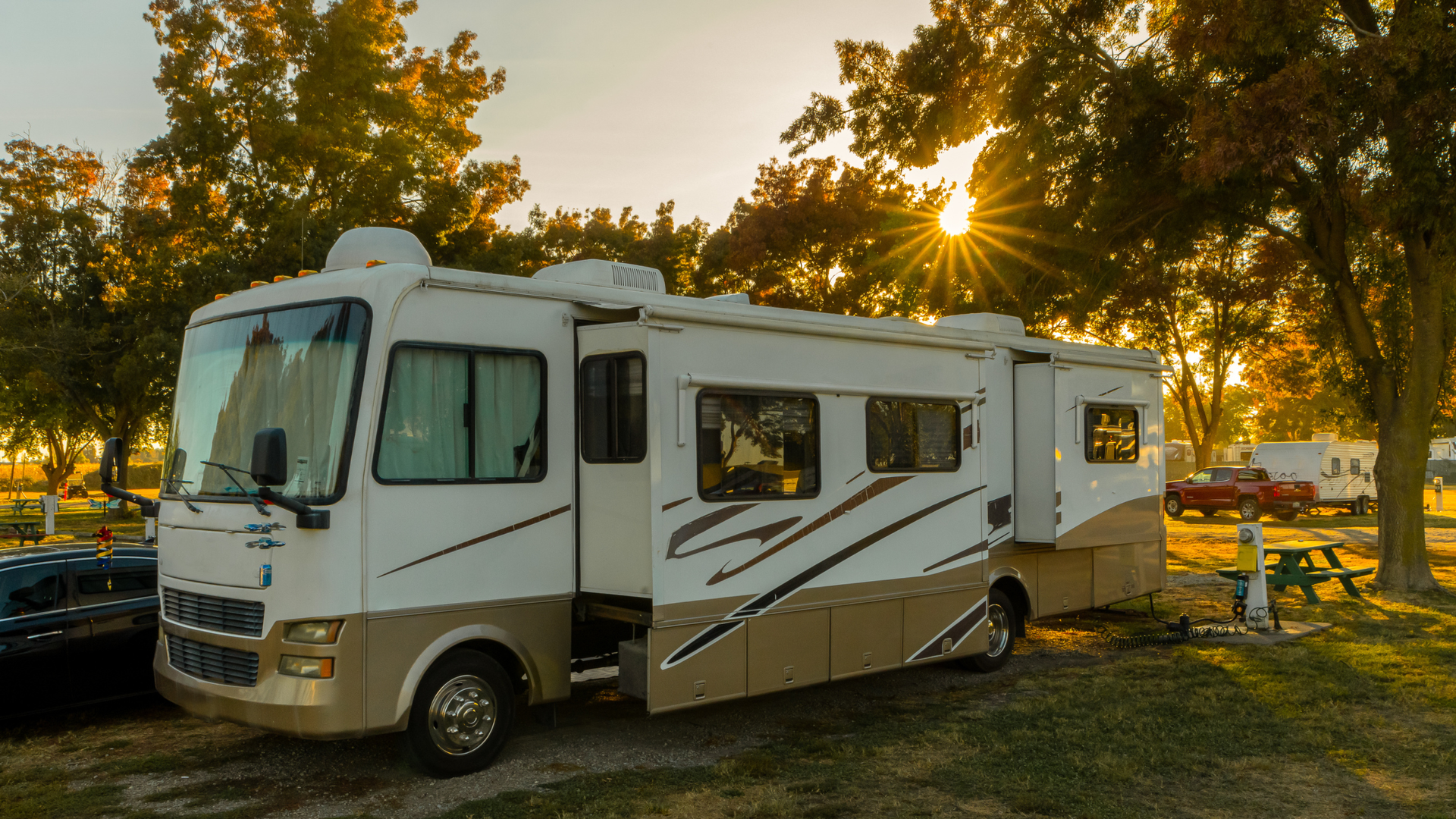Improving Construction Crew Cohesion with Shared Living Spaces
Shared living spaces offer unique advantages for construction crews, paving the way for stronger teams and more efficient projects. These spaces go beyond mere housing; they become dynamic environments where crews can live and work in harmony. When team members share a living environment, they naturally engage more, building trust and camaraderie.
Living under one roof fosters a sense of unity. It allows crews to bond over daily routines and shared activities. This shared space encourages collaboration, making it easier for everyone to work together smoothly during the day. When your team feels connected, they are more likely to support one another and work towards a common goal.
The benefits of shared housing extend into better mental and physical well-being. A community environment provides the support system many crew members need when working away from home. Construction companies can tap into this dynamic by offering housing that encourages interaction and teamwork, ultimately leading to successful project outcomes.
Fostering Team Engagement and Bonding
Shared living spaces are more than just a place to sleep—they are hubs that inspire team engagement and connection. When construction crew members share a space, they are given more opportunities to interact and build relationships outside of the work environment. These interactions can develop into strong bonds, creating a united and cooperative team.
Communal areas like shared kitchens and lounges play a significant role in this bonding process. In shared kitchens, crew members often come together to prepare meals, exchange recipes, or enjoy a cup of coffee. These activities encourage conversation and create moments of relaxation. Lounges offer a place to unwind after a long day, providing a setting for team members to share stories, laughter, and experiences.
Having these communal spaces also offers:
1. Daily Interaction: Frequent opportunities to see and engage with each other in a relaxed setting.
2. Shared Responsibilities: Jointly managing tasks like meal prep fosters a sense of teamwork.
3. Cultural Exchange: Crew members from different backgrounds can learn from each other, appreciating diverse perspectives.
4. Inclusive Environment: Every person feels welcomed and valued, contributing to a supportive team atmosphere.
These shared experiences improve overall team spirit, leading to a more harmonious working relationship. When construction teams feel connected and supported, they are more motivated to tackle challenges together on the job site.
Enhancing Communication and Problem-Solving
Living under one roof enhances communication among construction crew members, straightening out lines that might be tangled in the workplace. Living together fosters constant conversation, making it natural for team members to discuss work-related topics in a relaxed atmosphere. Issues that might develop into significant problems are often addressed casually and promptly in shared living spaces.
When crew members regularly interact in these shared spaces, they learn to express themselves clearly and respectfully. They become more familiar with each other's communication styles, which can translate into smoother collaborations on-site. This kind of environment encourages open dialogue, helping team members to voice concerns and offer solutions freely.
Consider some real-life scenarios where shared living improves problem-solving:
- Casual Brainstorming: Over dinner, team members can discuss new ideas about the project, bringing fresh perspectives.
- Quick Resolution: Minor misunderstandings can be addressed immediately, preventing escalation.
- Peer Support: Crew members can seek advice or help from others who might have faced similar challenges.
- Increased Team Building: Engaging in informal discussions boosts cooperation and trust.
By living together, crew members build a strong communication foundation that benefits both their personal interactions and their professional collaborations. This close-knit communication network streamlines work processes and enhances job performance, ultimately leading to more successful construction projects.
Promoting Health and Well-Being
Shared living spaces can significantly enhance the health and well-being of your construction crew. These environments naturally foster a supportive community where team members look out for one another. A feeling of belonging and security can have a positive impact on mental health, offering a sense of stability during long-term projects away from home.
Key amenities available in shared living spaces support a healthy lifestyle. Access to gyms allows team members to remain active without needing to travel far. Outdoor spaces like gardens or patios encourage relaxation and outdoor activities, boosting mood and reducing stress. The shared preparation of meals in communal kitchens facilitates healthier eating choices. When team members cook together, they can be more conscious of dietary preferences and needs.
To enhance wellness in shared settings, consider:
1. Regular Group Workouts: Encourage your crew to engage in group exercises, fostering camaraderie and fitness.
2. Wellness Challenges: Introduce friendly competitions like step counts to motivate healthy activities.
3. Healthy Cooking Nights: Teams can take turns preparing nutritious meals, learning new skills and promoting better eating habits.
4. Community Gardening: If the property allows, gardening can provide fresh produce and a peaceful hobby.
These activities help crew members to maintain or improve their physical and emotional health, ensuring they remain fit and focused on the job, which benefits your entire project.
Maximizing Operational Efficiency
Housing your construction crew in shared living spaces maximizes operational efficiency in various ways. It starts with the simple fact that when crew members reside closer to job sites, they save time on their daily commutes. This means less time stuck in traffic and more time available for rest, preparation, or additional work tasks.
Shared living arrangements simplify logistics. Coordination becomes easier when your team is together in one location. Customary morning briefings or changes to schedules can be communicated more effectively, minimizing the risk of miscommunication. Emergencies can be handled swiftly since everyone is nearby and can be mobilized quickly.
The logistical benefits also include:
- Simplified Transport: Reduced need for multiple vehicles to commute staff.
- Centralized Communication: Notices and updates can be shared quickly and efficiently.
- Consistent Schedule Management: Easier to manage shifts and duties when everyone is accessible.
- Resource Sharing: Crew members can effectively share tools and resources, reducing duplication.
These advantages streamline workflows and reduce delays, ensuring your construction projects proceed smoothly and reach completion as planned.
Conclusion
Shared living spaces offer tangible benefits that extend well beyond basic accommodation for construction crews. From fostering team engagement to enhancing communication, these environments serve as a foundation for a productive and efficient workforce. Investing in shared housing options also puts health and well-being at the forefront, ensuring your crew remains fit, both mentally and physically, to tackle any challenge.
For construction companies, the operational efficiencies gained from shared housing can translate into significant time and cost savings. With everyone housed under one roof, the coordination, communication, and logistics become straightforward, minimizing friction in daily operations. When your team is healthy, happy, and harmonious, project success comes easily.
Hard Hat Housing offers fully equipped, crew-friendly construction worker housing solutions. Choose quality accommodations that enhance your team’s experience and productivity. Reach out to us today.













